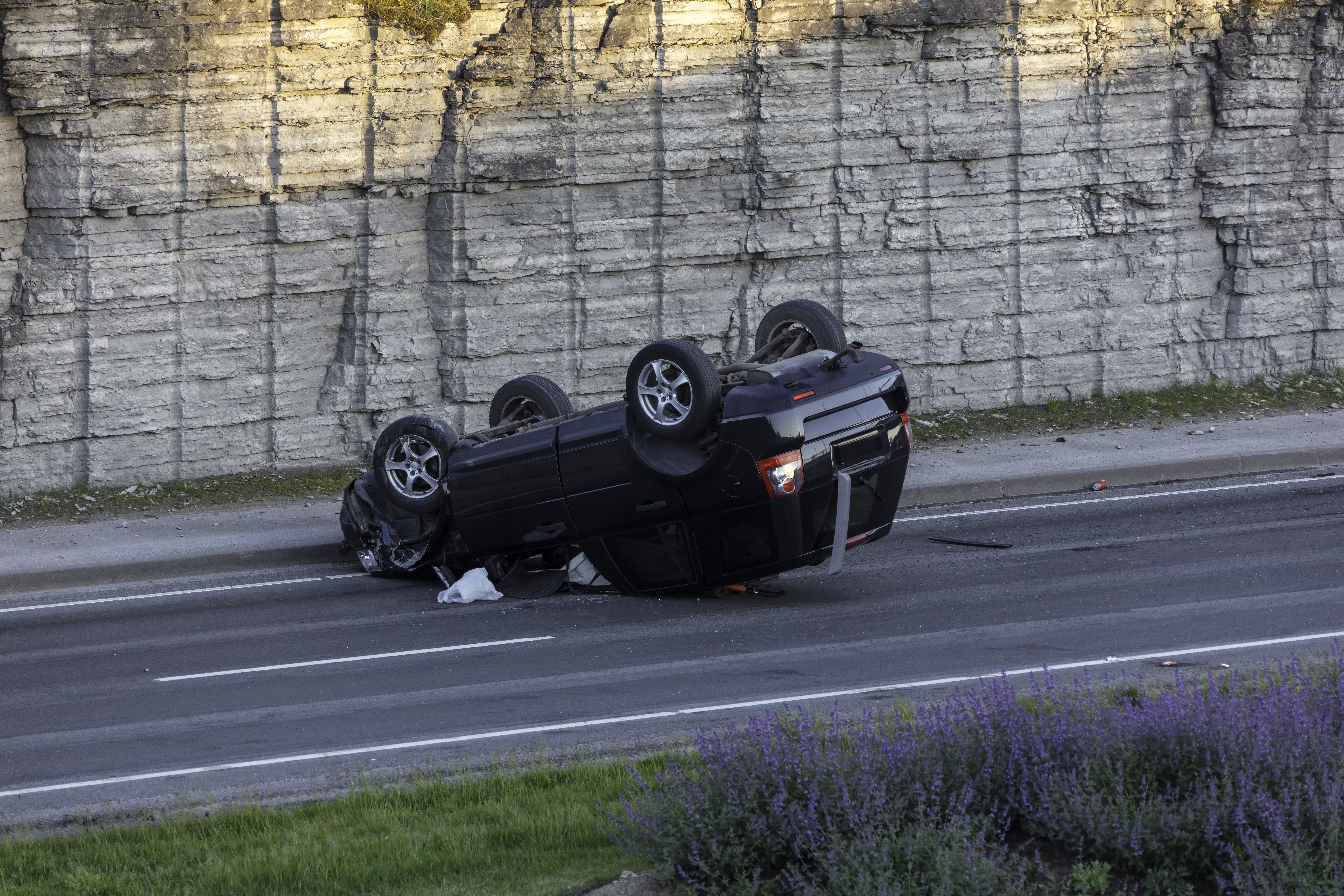 For many individuals, even a minor injury can feel earth-shattering. After all, any form of physical impairment can have a major impact on your life, even if it’s only temporary. However, when it comes to your insurance company or a claim for damages, there are specific circumstances that lead to a “catastrophic” injury classification. Any kind of accident can lead to serious injuries, but what truly makes an accident catastrophic?
For many individuals, even a minor injury can feel earth-shattering. After all, any form of physical impairment can have a major impact on your life, even if it’s only temporary. However, when it comes to your insurance company or a claim for damages, there are specific circumstances that lead to a “catastrophic” injury classification. Any kind of accident can lead to serious injuries, but what truly makes an accident catastrophic?
What Is a “Catastrophic” Personal Injury?
Fundamentally, a catastrophic injury is one that’s more severe and long-lasting than other types of personal injuries. Unlike most injuries that eventually heal and allow for a complete recovery, catastrophic injuries typically result in significant and permanent disfigurement, perpetual disabilities, or death. A catastrophic injury, which often occurs as a result of medical malpractice or a sudden accident, typically leaves the victim disabled for the rest of their life.
Though there is no standard definition that courts use to determine when an injury is catastrophic, 42 U.S.C. § 3796b defines “catastrophic injury” by the following terms:
“…an injury, the direct and proximate consequences of which permanently prevent an individual from performing any gainful work.”
In other words, because there isn’t a go-to guide that outlines when an injury is catastrophic, the primary distinguishing characteristic is usually if the victim suffers to the point that they can’t acquire or maintain a long-term job.
These injuries can impact physical and emotional health as individuals struggle to regain some semblance of their former lives. Returning to a previous career may be impossible, which leads to the inability of some individuals to work and support themselves or their families. The initial and future medical costs of treating these injuries also are likely to be staggering. Fortunately, if your catastrophic injury was caused by someone else’s negligence, you may be able to exercise your legal rights to seek compensation for your losses.
What Are the Most Common Types of Catastrophic Injuries?
There are countless possible causes of catastrophic injury, including car accidents, workplace accidents, truck accidents, bicycle accidents, slip and falls, sport and recreational activities, medical mistakes, and defective products. Catastrophic injuries caused by the negligence, carelessness, or recklessness of another individual may include the following:
- Traumatic brain injuries: Often referred to as TBIs, these injuries can result in life-long cognitive dysfunction, abnormal speech and language, emotional difficulties, and limited ability to move your arms and legs.
- Spinal cord injuries: Spinal cord injuries can result in partial or complete paralysis, respiratory and circulatory problems, exaggerated reflexes and spasms, chronic pain, and loss of bowel and bladder control.
- Severe burn injuries: Any type of acute burn injury can lead to infections, loss of limb, disfigurement, and permanent disability depending on the location and extent of the burns.
- Limb loss: This type of injury can cause tremendous physical and emotional challenges for the amputee and their loved ones.
The corresponding treatment for these types of injuries often causes crushing financial debt, which can only be exacerbated if you’re unable to return to work. Likewise, these injuries often have a substantial impact on your quality of life and cause corresponding emotional issues. However, with an expert catastrophic injury lawyer by your side, you may be able to pursue a case for recovery.
How Does Having a Catastrophic Injury Affect Your Claim for Damages?
The most important difference between a catastrophic injury and other types of injury claims is the monetary compensation you can receive. A personal injury claim involving catastrophic injuries is certain to increase the plaintiff’s compensable losses and the overall value of the case. Potential damages in catastrophic injury claims may include compensation for medical expenses, rehabilitation costs, home healthcare assistance, and the costs of medical equipment.
Most likely, medical and economic experts will play a big role in laying out the necessary course of care, the anticipated costs of that care, the financial impact of the plaintiff’s inability to earn a living, and other facets of economic damages. For non-economic damages, the plaintiff’s pain and suffering, emotional distress, and other more subjective types of damages will need to be established through the plaintiff’s own testimony and that of medical experts, including doctors and mental healthcare providers.
Contact an Experienced Catastrophic Injury Lawyer in Southeastern Pennsylvania
If you think you’ve suffered a personal injury—even if you don’t think it classifies as catastrophic—reach out to a Southeastern Pennsylvania personal injury attorney as soon as possible. At Rubin, Glickman, Steinberg & Gifford P.C., we understand how trying an injury like this can be, which is why we’re dedicated to making this process as easy as possible for you. After meeting with you during a free consultation, we’ll outline the facts and circumstances surrounding any impending legal action and help you determine the most strategic method to compensate you for your losses.
For nearly 68 years, our attorneys have been serving the legal needs of clients in Montgomery County, Bucks County, Lehigh County, Chester County, Delaware County, and Philadelphia. We’ve earned the trust and respect of clients facing a wide range of personal injury problems. Our attorneys serve to protect you and guard your rights. Give us a call at (215) 822-7575 or complete our online contact form today.

Rubin, Glickman, Steinberg & Gifford P.C.
Pennsylvania Attorney's
January 21, 2021








